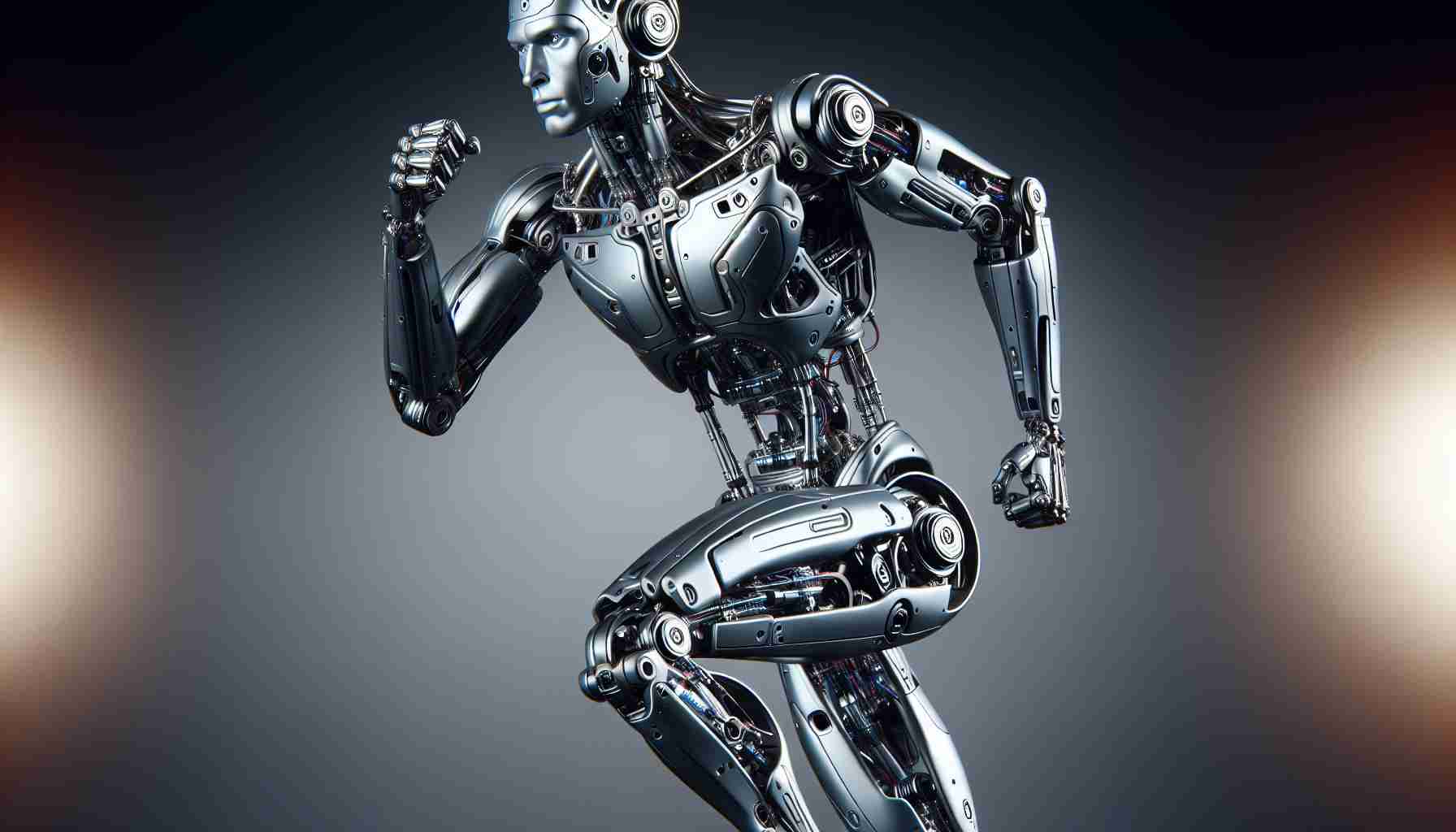- The Unitree G1 Bionic is a revolutionary robot designed to move fluidly like a human.
- It can reach speeds of up to 4.5 miles per hour and navigate rough terrains with ease.
- Advanced sensors enable real-time environmental awareness, allowing for dynamic adjustments to maintain balance.
- Its AI is trained on human movement data, resulting in graceful and efficient motion.
- The G1 Bionic has significant potential for practical applications in urban environments and emergency situations.
- Innovations in AI and robotics are paving the way for future advancements in human-robot interaction.
Imagine a robot that moves as fluidly as a human, capable of navigating the toughest terrains—meet the Unitree G1 Bionic! This groundbreaking invention hails from Chinese researchers and is revolutionizing robotics with its incredible agility. The G1 Bionic can sprint up to 4.5 miles per hour, effortlessly maneuvering over hills, rocky paths, and even railroad sleepers.
Bipedal motion has long posed challenges for robotics. While humans instinctively fall forward to walk, teaching a machine to imitate this dance of balance and coordination has been an uphill battle—until now! Armed with advanced 3D lidar sensors and depth-sensing cameras, the G1 Bionic senses its environment in real-time, adjusting its posture to maintain stability. Its joints respond dynamically to shifting terrain, ensuring the robot stays upright, just like us.
A dynamic AI, trained on a rich dataset of human movements, allows G1 Bionic to jog with grace. Watching it run is like witnessing a top athlete—every stride a perfect blend of strength and finesse.
Equipped for real-world applications, this humanoid robot holds promise beyond mere curiosity. Whether navigating cities or assisting emergency responders, its potential is monumental. Although the details on battery life remain a mystery, the signs of innovation suggest that battery power propels this nimble creation.
Key takeaway? The future of robotics looks brighter than ever with the G1 Bionic, poised to conquer the environments made for humanity. Embrace the incredible advances in artificial intelligence and engineering that may soon change how we view our helpers.
Unveiling the Future: The Unitree G1 Bionic Robot Redefines Mobility
Meet the Unitree G1 Bionic Robot
Imagine a robot that moves as fluidly as a human, capable of navigating the toughest terrains—meet the Unitree G1 Bionic! This groundbreaking invention hails from Chinese researchers and is revolutionizing robotics with its incredible agility. The G1 Bionic can sprint up to 4.5 miles per hour, effortlessly maneuvering over hills, rocky paths, and even railroad sleepers.
Bipedal motion has long posed challenges for robotics. While humans instinctively fall forward to walk, teaching a machine to imitate this dance of balance and coordination has been an uphill battle—until now! Armed with advanced 3D lidar sensors and depth-sensing cameras, the G1 Bionic senses its environment in real-time, adjusting its posture to maintain stability. Its joints respond dynamically to shifting terrain, ensuring the robot stays upright, just like us.
A dynamic AI, trained on a rich dataset of human movements, allows G1 Bionic to jog with grace. Watching it run is like witnessing a top athlete—every stride a perfect blend of strength and finesse.
Equipped for real-world applications, this humanoid robot holds promise beyond mere curiosity. Whether navigating cities or assisting emergency responders, its potential is monumental. Although the details on battery life remain a mystery, the signs of innovation suggest that battery power propels this nimble creation.
Innovations and Features
– Adaptive Navigation: The G1 Bionic utilizes advanced algorithms to adapt to various terrains, including uneven surfaces, ensuring reliability in diverse environments.
– Real-time Feedback Loop: Continuous sensory data processing allows for immediate adjustments in posture and center of gravity during movement.
– Versatile Applications: Beyond personal or entertainment uses, the G1 Bionic could play a vital role in industries like search and rescue, disaster response, and healthcare.
Limitations
– Battery Life Concerns: While high performance is guaranteed, the unknown longevity of battery life could limit operational time in the field.
– Environmental Dependency: Performance may vary based on the weather and terrain conditions.
– High Development Costs: Advanced robotics often come with significant production and maintenance expenses, which could impact widespread adoption.
Pricing and Market Forecast
The market for humanoid robots is expected to grow significantly, driven by advancements in AI and robotics technology. Expert forecasts suggest potential market values could reach $40 billion by 2026, with the G1 Bionic projecting to lead in commercial applications.
Related Insights
As the G1 Bionic represents a remarkable stride in robotics, it raises the following crucial questions:
1. What are the real-world applications of the G1 Bionic?
The G1 Bionic can be deployed in myriad applications such as urban exploration, disaster relief operations, and assisting individuals with mobility needs.
2. How does the G1 Bionic compare to other robots in its category?
Compared to other bipedal robots, the G1 Bionic stands out due to its superior agility, balance, and adaptability to varying terrains, making it more versatile for real-world tasks.
3. What are the future predictions for the development of humanoid robots like the G1 Bionic?
As technology evolves, humanoid robots are expected to integrate more seamlessly into everyday life, potentially leading to widespread use in personal assistance, labor, and even companionship roles.
For more on cutting-edge robotics, visit Unitree Robotics for the latest updates and innovations.
